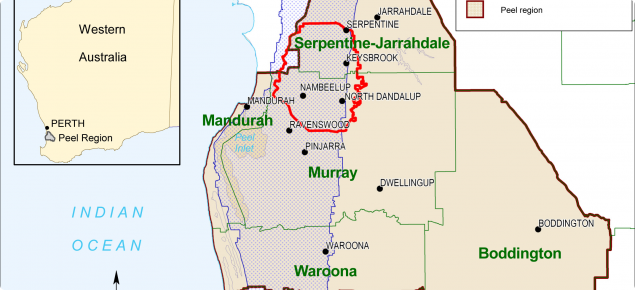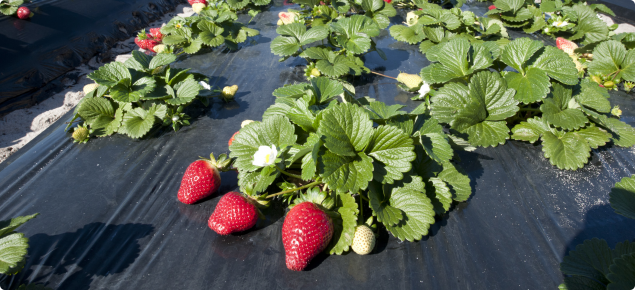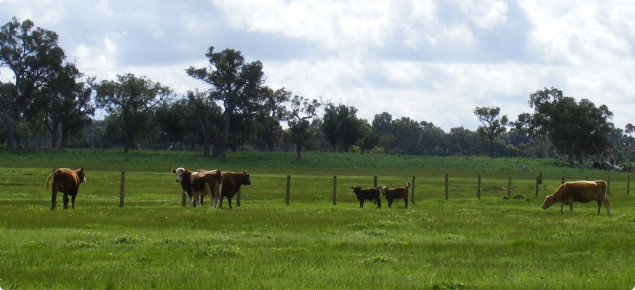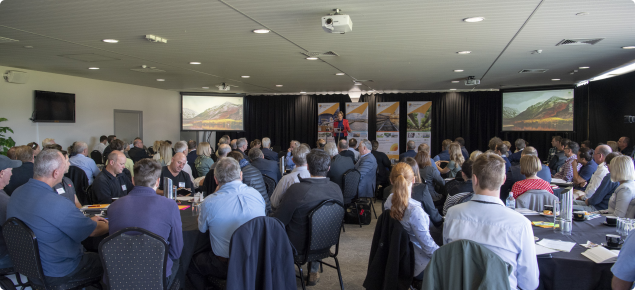Planning for food production opportunities in the Peel region
The Peel region is well positioned to contribute to the food and nutrition security of the Perth Metropolitan area, and Western Australia. The region also has capacity to capture high-value export opportunities to capitalise on global markets for food.
Strategic planning aims to develop food production in the most suitable areas, considering soil type, nutrient export risk, groundwater availability and land zoning. The project's highest environmental priorities were to protect and improve the health of waterways and wetlands, native vegetation and water availability in a drying climate.
The Peel Food Zone project will help to inform local land use planning in the Shires of Murray and Serpentine-Jarrahdale and in the Peel and southern Metropolitan Regions, although it is not intended to be a formal land use planning zone.
Collaboration with Peel Development Commission, the Shires of Murray and Serpentine-Jarrahdale, the Department of Water and Environmental Regulation and DevelopmentWA was vital to the project's success. Local landholders and community groups were consulted as part of the planning process.
The project commissioned the consulting firm GHD to assess land suitability in the Peel Food Zone investigation area and to develop a food transition strategy for the Peel Business Park.
The project's overall findings and recommendations were released in 2020 in the Planning for the Peel Food Zone report, available from our Digital Library.
This report recommends implementing a planning approach as well as initiatives and activities that support the agriculture and food aspirations for Transform Peel, and describes how they align with DPIRD’s strategic intent to protect, grow and innovate primary industries and regional areas of WA.
Findings from the land suitability investigation
GHD's land suitability investigation confirmed that the eastern side of the area is suitable for growing a variety of crops and pastures including vegetables and fruit trees where water supplies allow, while the western side is best suited to closed systems of agriculture such as glasshouses. New methods of farming in the area are needed to protect wetlands in the Peel-Harvey region.
See Findings from the Peel Food Zone investigation area for a summary of the report. The full report Planning for the Proposed Peel Food Zone is available on our Digital Library.
Support for food industry transition
DPIRD also commissioned GHD to identify agrifood businesses in the Perth metro region under development pressure which may consider relocating into the Peel Business Park, to determine their land, infrastructure and servicing needs.
The Peel Business Park transition strategy is available on our Digital Library.
About the Transform Peel Initiative
The $49 million Transform Peel initiative, led by the Peel Development Commission and supported by Royalties for Regions funding, consists of three elements:
- Planning for the Peel Food Zone managed by Department of Primary Industry and Regional Development
- Peel Business Park managed by DevelopmentWA
- Peel Integrated Water Initiative managed by the Department of Water and Environmental Regulation
Visit the Transform Peel initiative online for more information.





